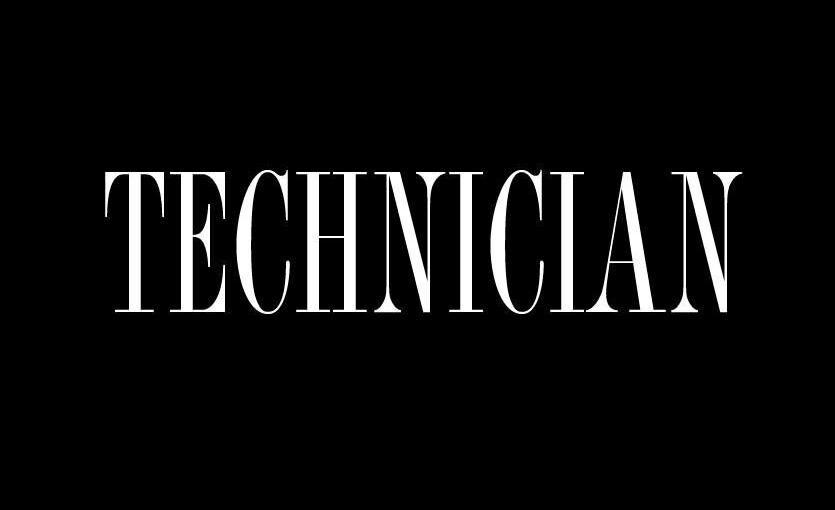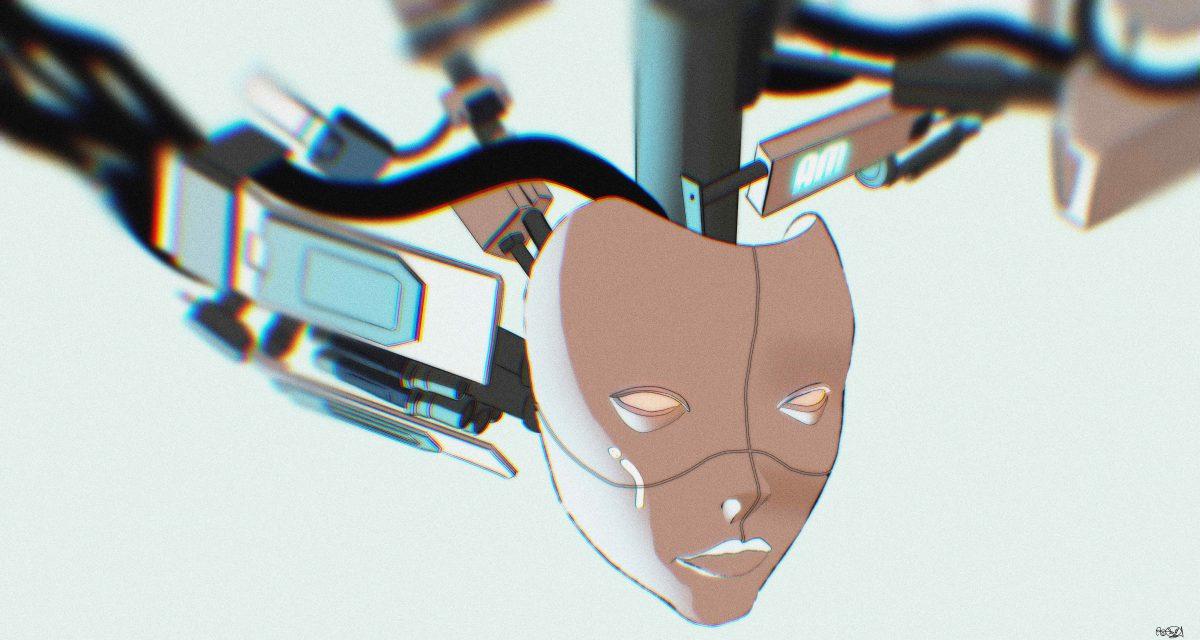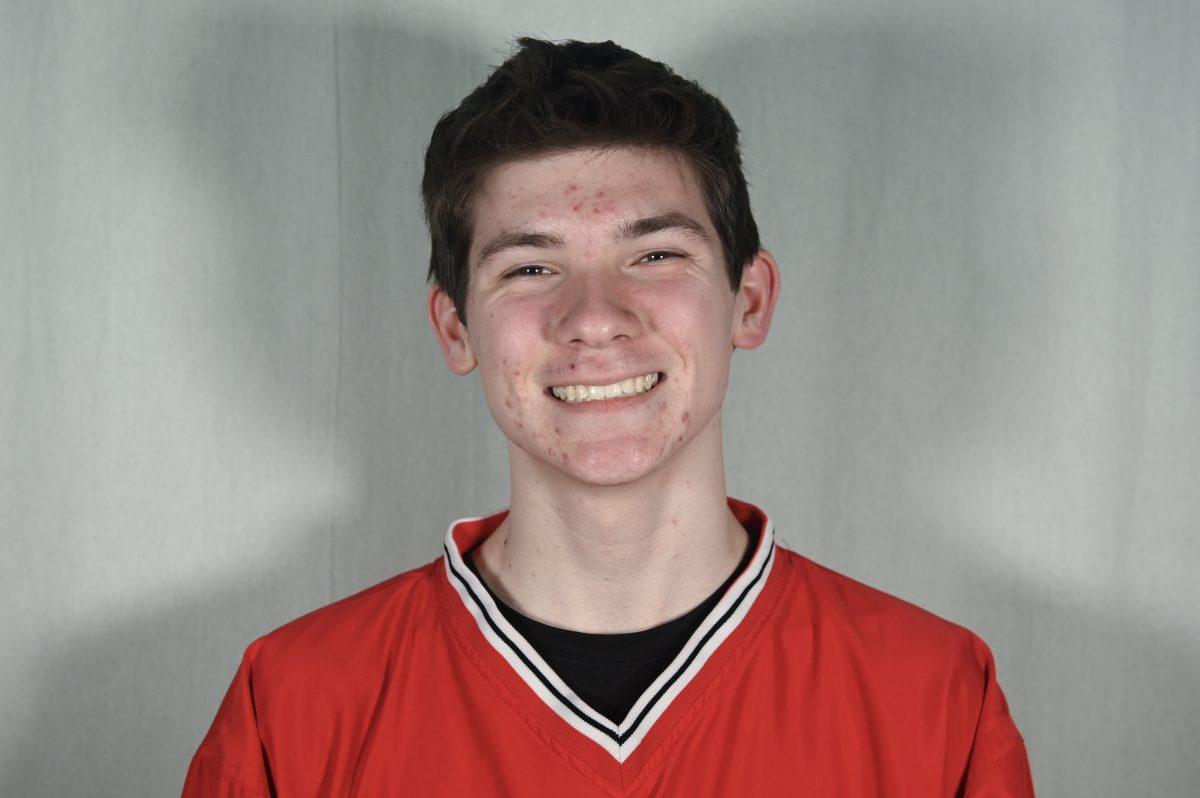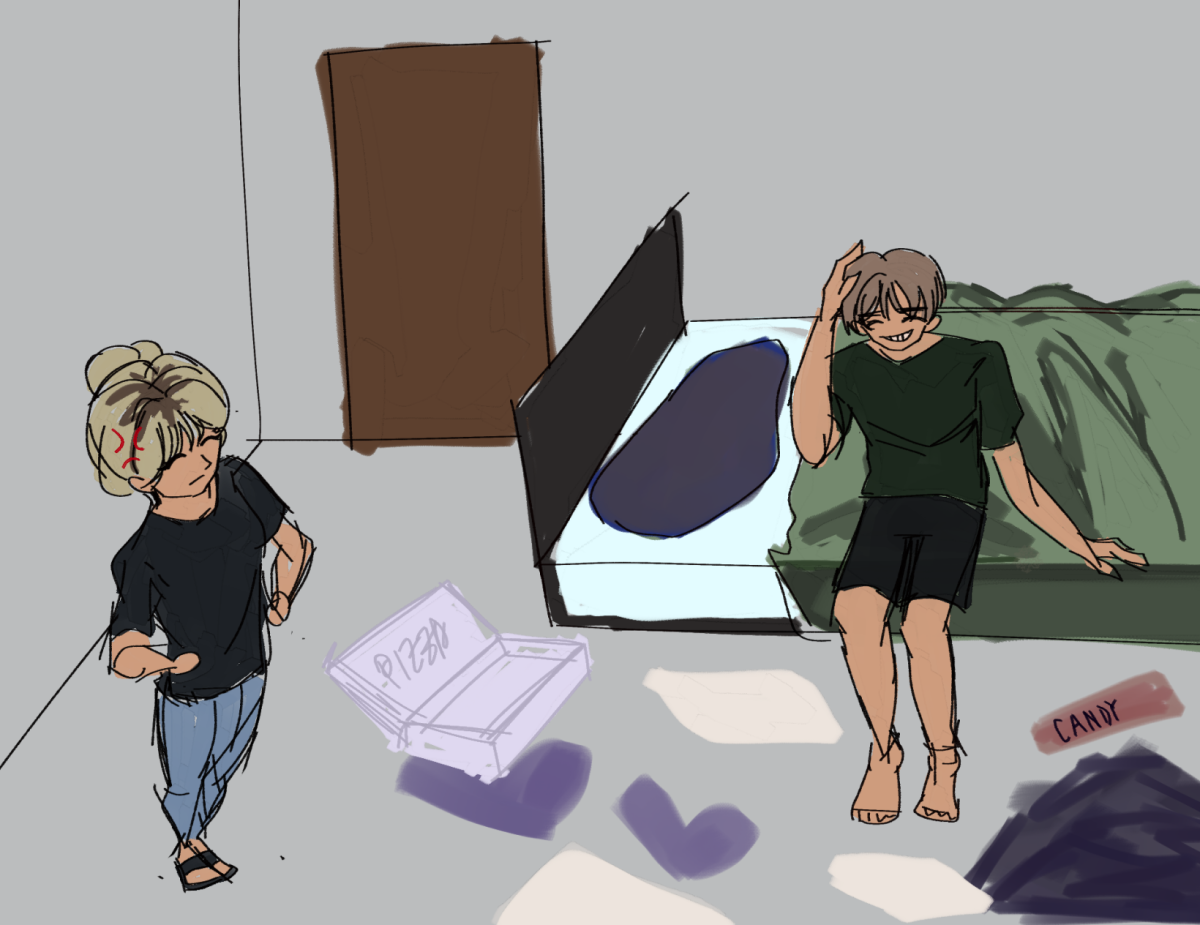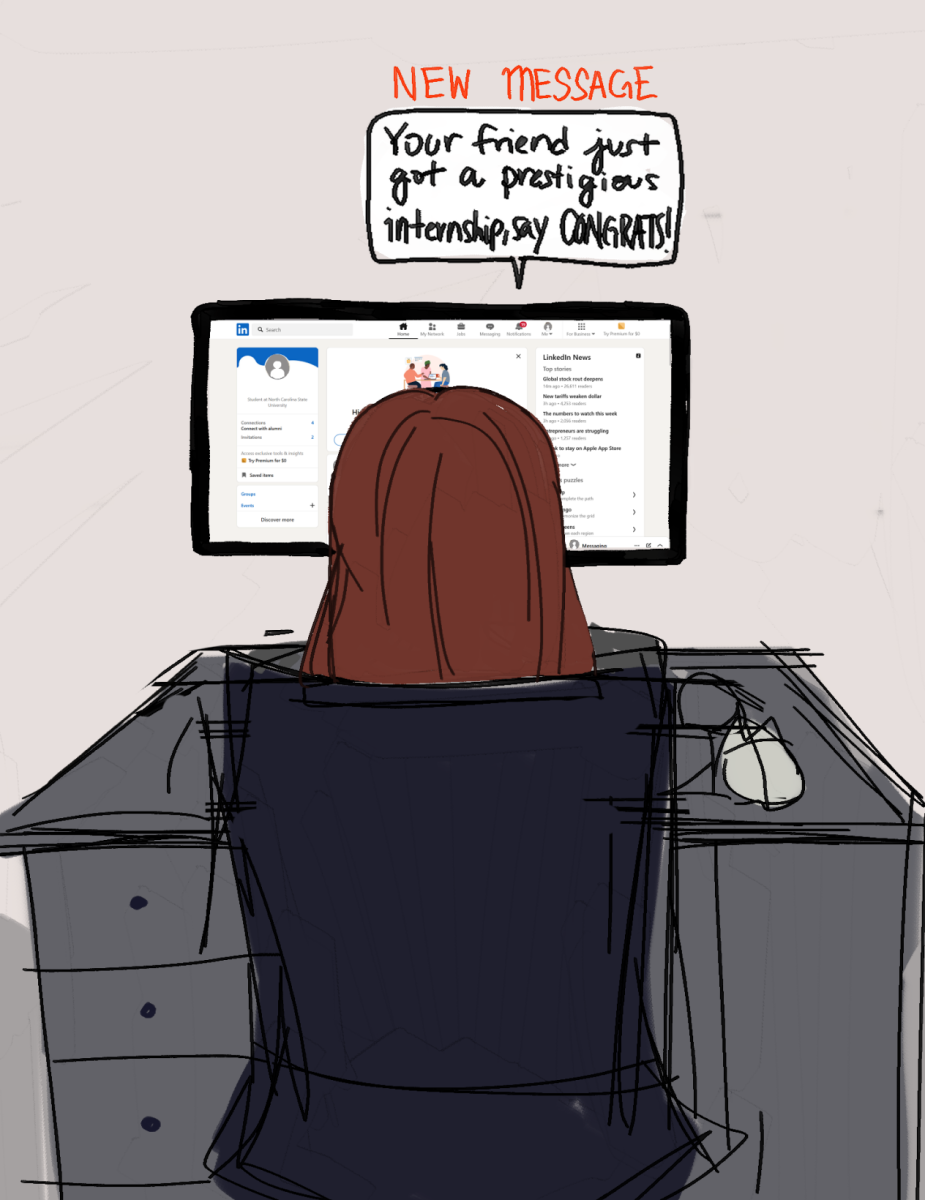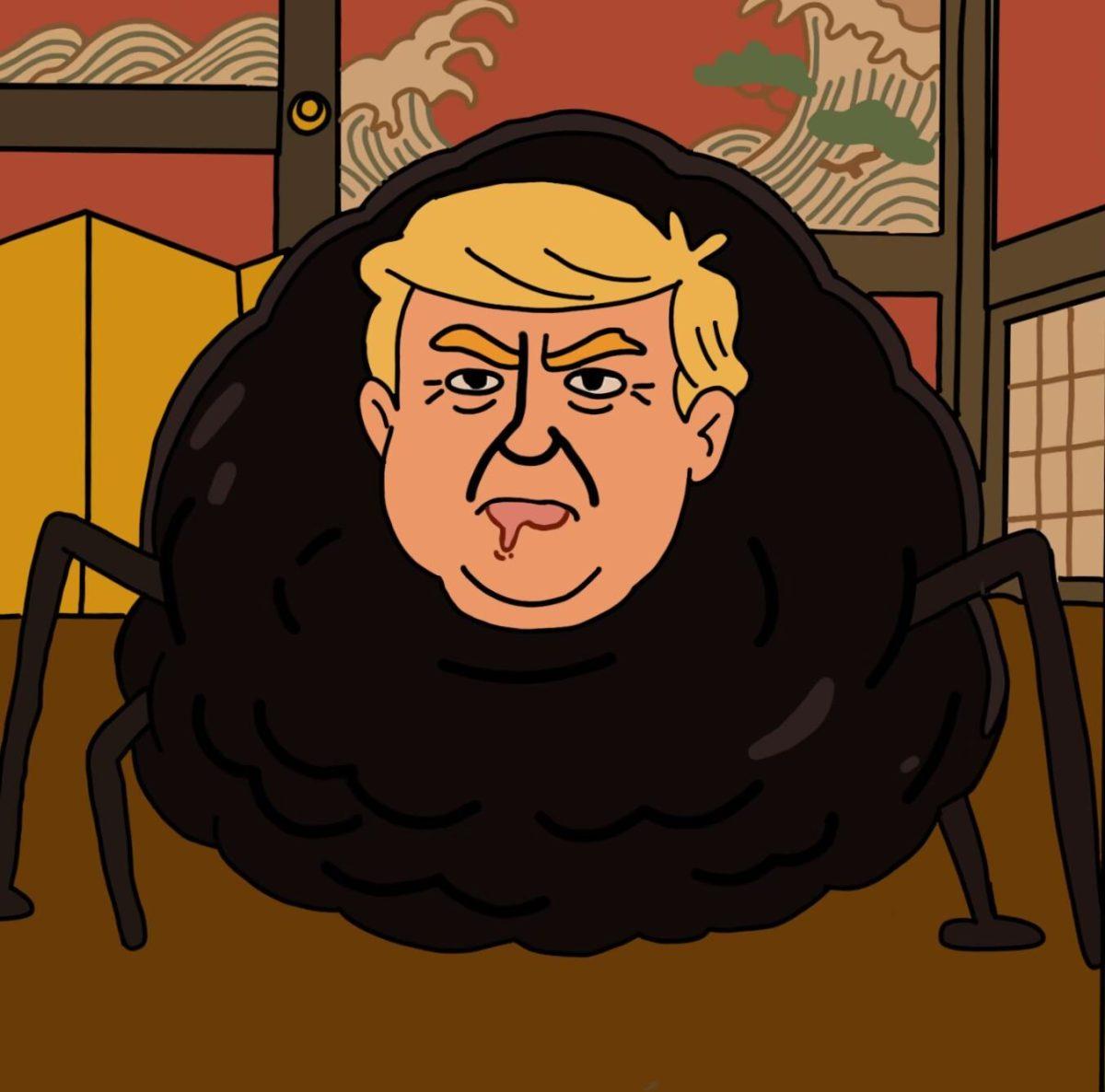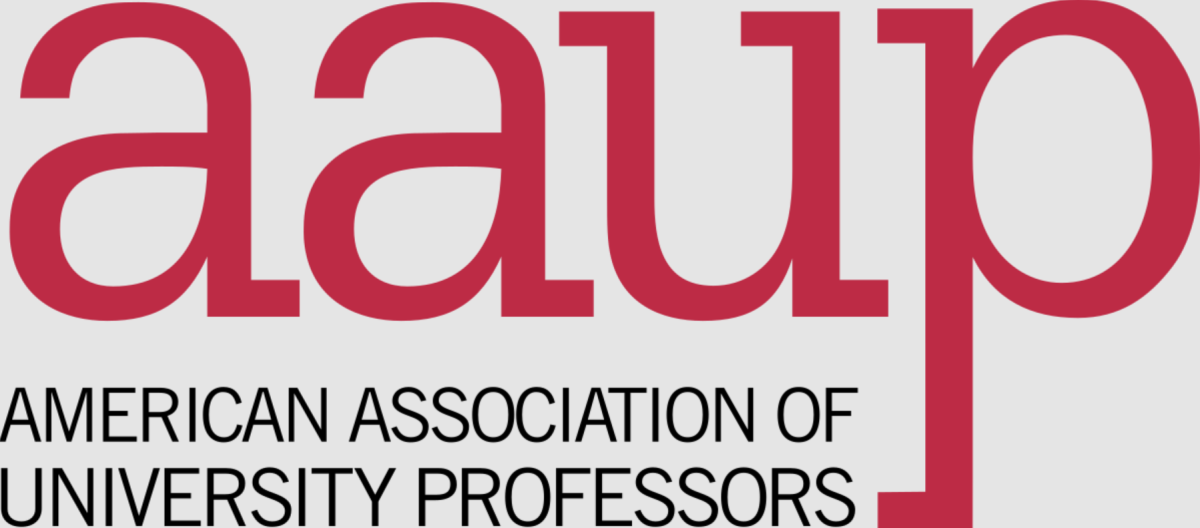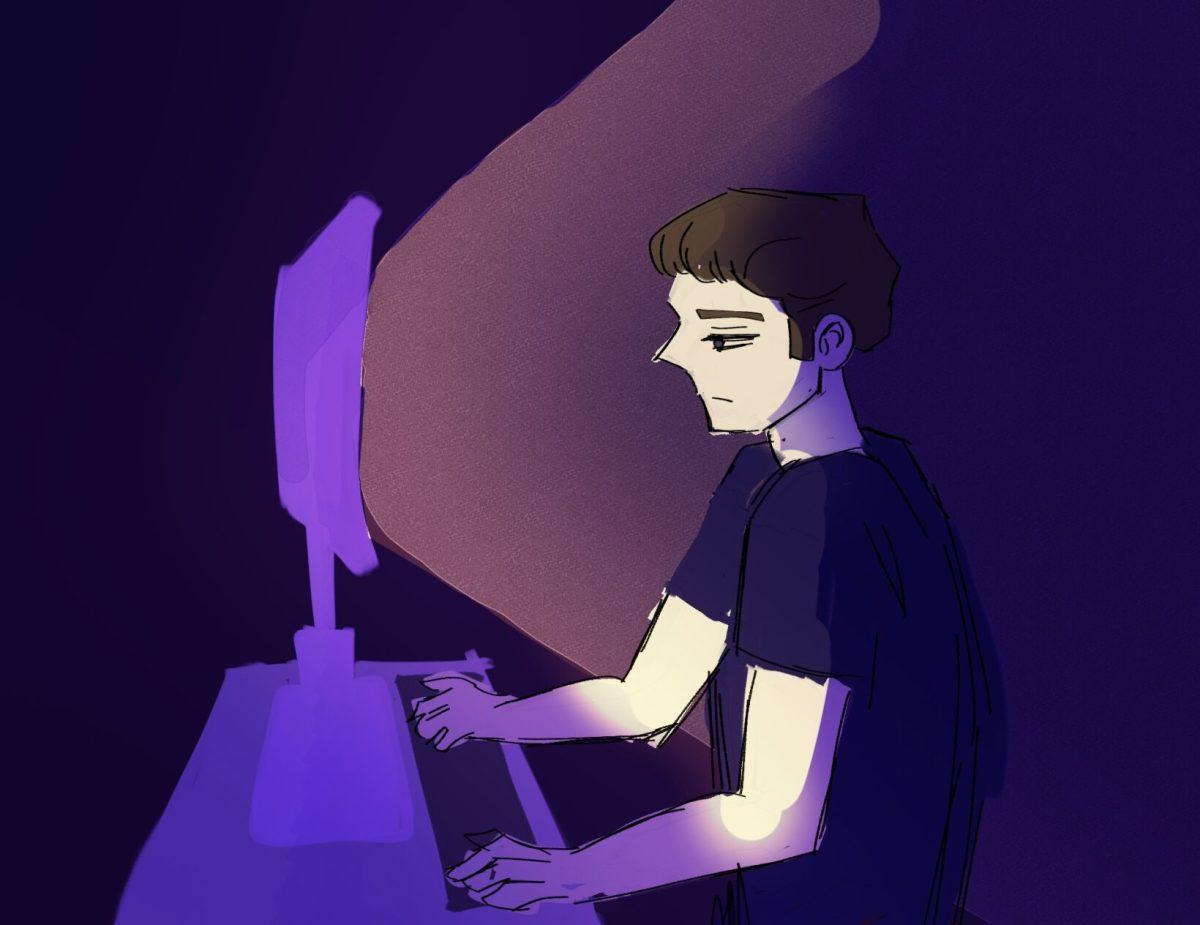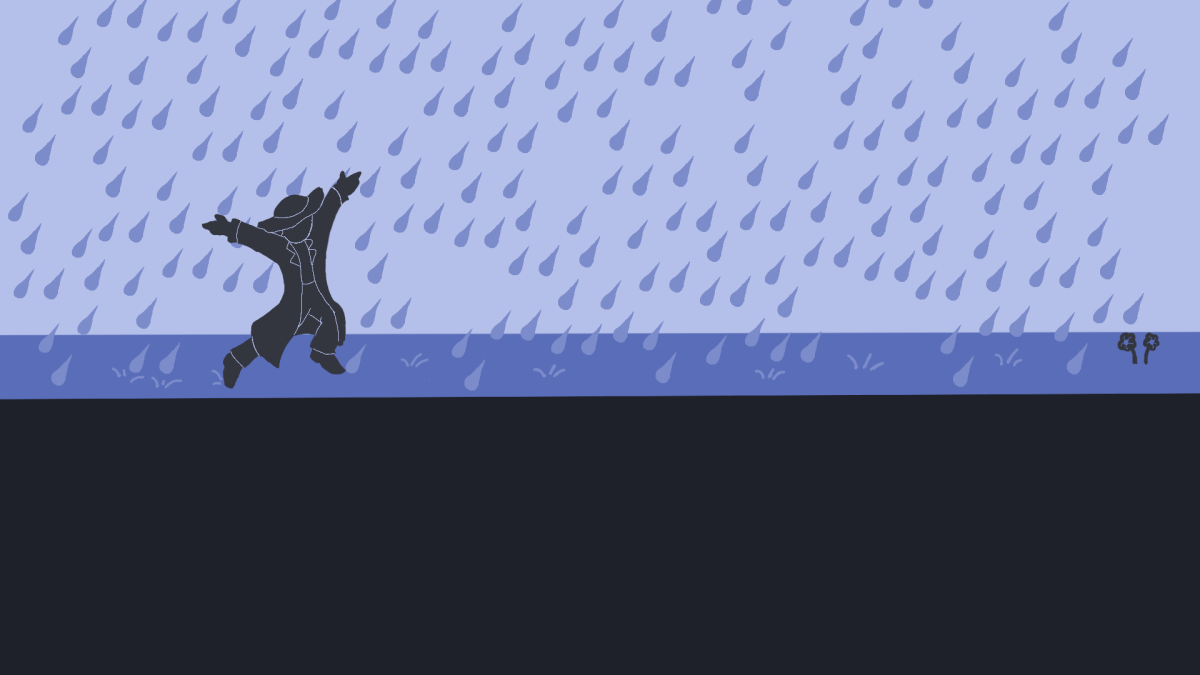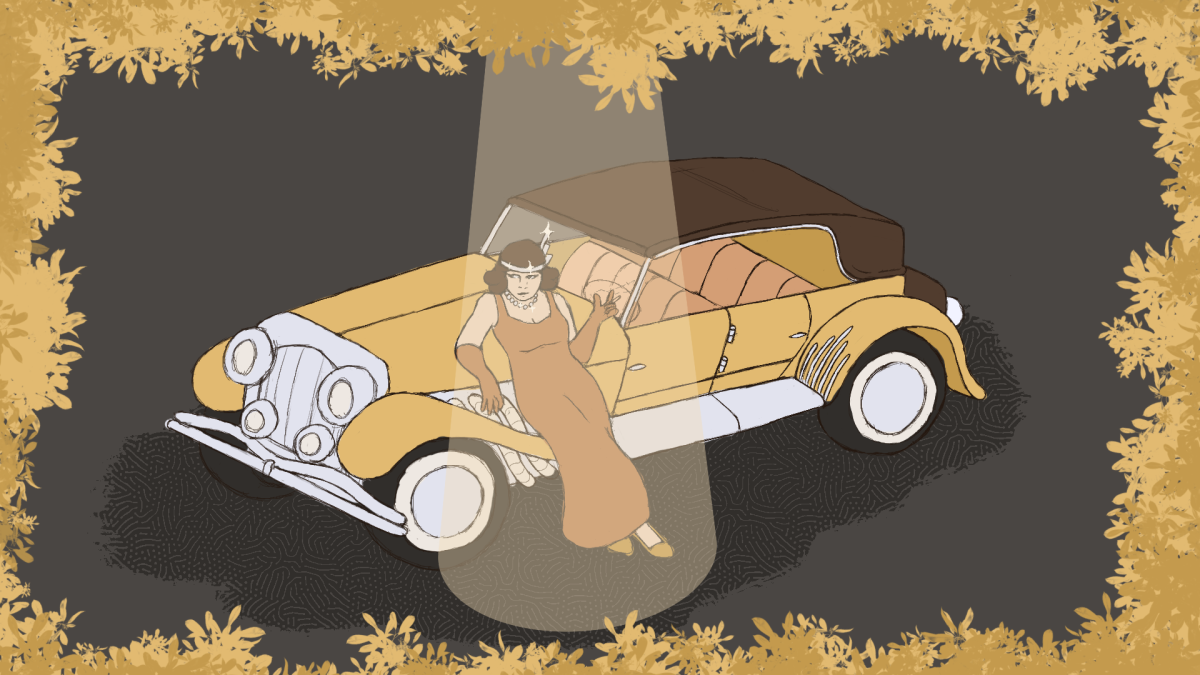Saturday marked the beginning of tailgate season at NC State with our first home football game. Like most Wolfpack football games, it was a beer-funneling, flask-hidden-in-cowboy-boot and flip-cup of a good time.
As I observed the fanfare and frivolity rampant in the dusty fair-ground parking lot, I felt a raindrop. Looking up, I saw dark, menacing storm clouds as the imminent storm intensified. My iPhone weather app had overlooked this.
The subsequent monsoon and thunderstorm barely made a ripple in the news, but Tuesday brought word of 34 alcohol-related student conduct violations from the first home football game. Instead of warnings or PSAs about the proper protocol to handle future dangerous weather conditions, we instead saw more monotonous reminders to resist drinking or (the horror!) face imminent student conduct hearings.
Having recognized the danger of the storm on Saturday, students tensed in fear as police officers attempted to move the festivities inside. Many students scurried away from safety propositions because they were drinking illegally.
Perhaps our underage students did not remain outside in the downpour and lightning due to a general feeling of invincibility. I tend to think it more has to do with a simple truth we have ingrained in us early on—that while lightning strikes are rare, ALE “strikes” and underage drinking tickets are exceedingly common. Students are cultured to flee rather than seek help, to risk danger to avoid a citation instead of prioritizing their personal safety. It’s easy to get in trouble, students think. It isn’t as easy to be struck by lightning.
I don’t want to write another opinion piece on how the drinking age should be lowered to enable safer drinking habits. I don’t want to rehash all the rhetoric out there of this nature. But I stand by the idea that the invulnerability experienced in young adulthood, that people insist is compounded by alcohol use, is not to blame. Instead, the true danger lies in the fear and intolerance generated in our systems that stigmatize underage drinking.
Our alcohol laws are similarly problematic in the way that abstinence-only approach to sex education is. Ignorance of safe drinking practices cannot be lessened by the weak teachings from online “Alcohol Edu” when the primary exposure college students have to drinking is watching peers quickly consume large quantities of alcohol.
If underage students could speak freely to parents and even doctors about drinking habits, then we might witness more concern being directed toward individual health needs. This Saturday, I saw a female student unconscious while paramedics worked on her in what I can only assume to be an alcohol-related fallout. College students rarely learn the difference between “drunk” and “way too drunk.” The true health dangers lie in the lack of practical knowledge.

